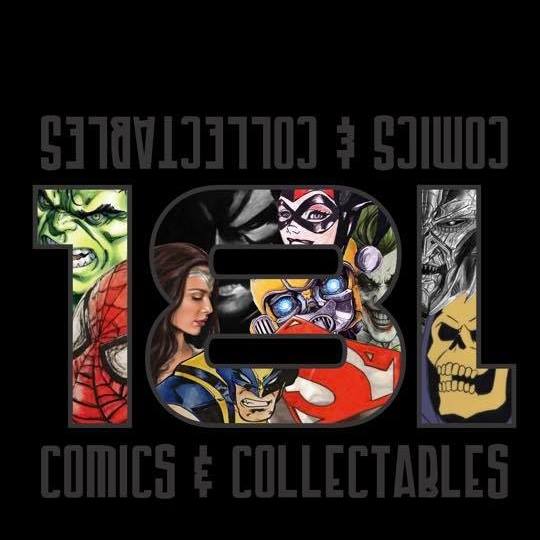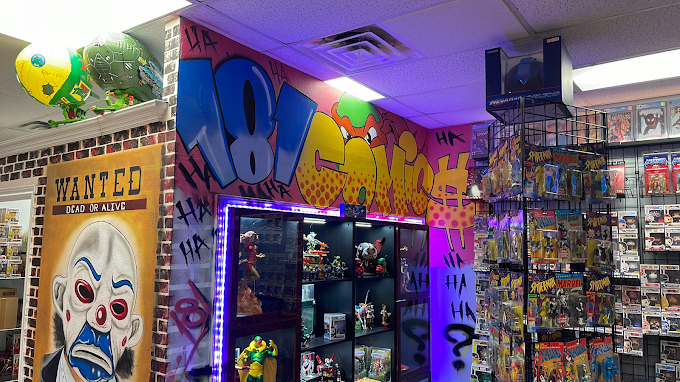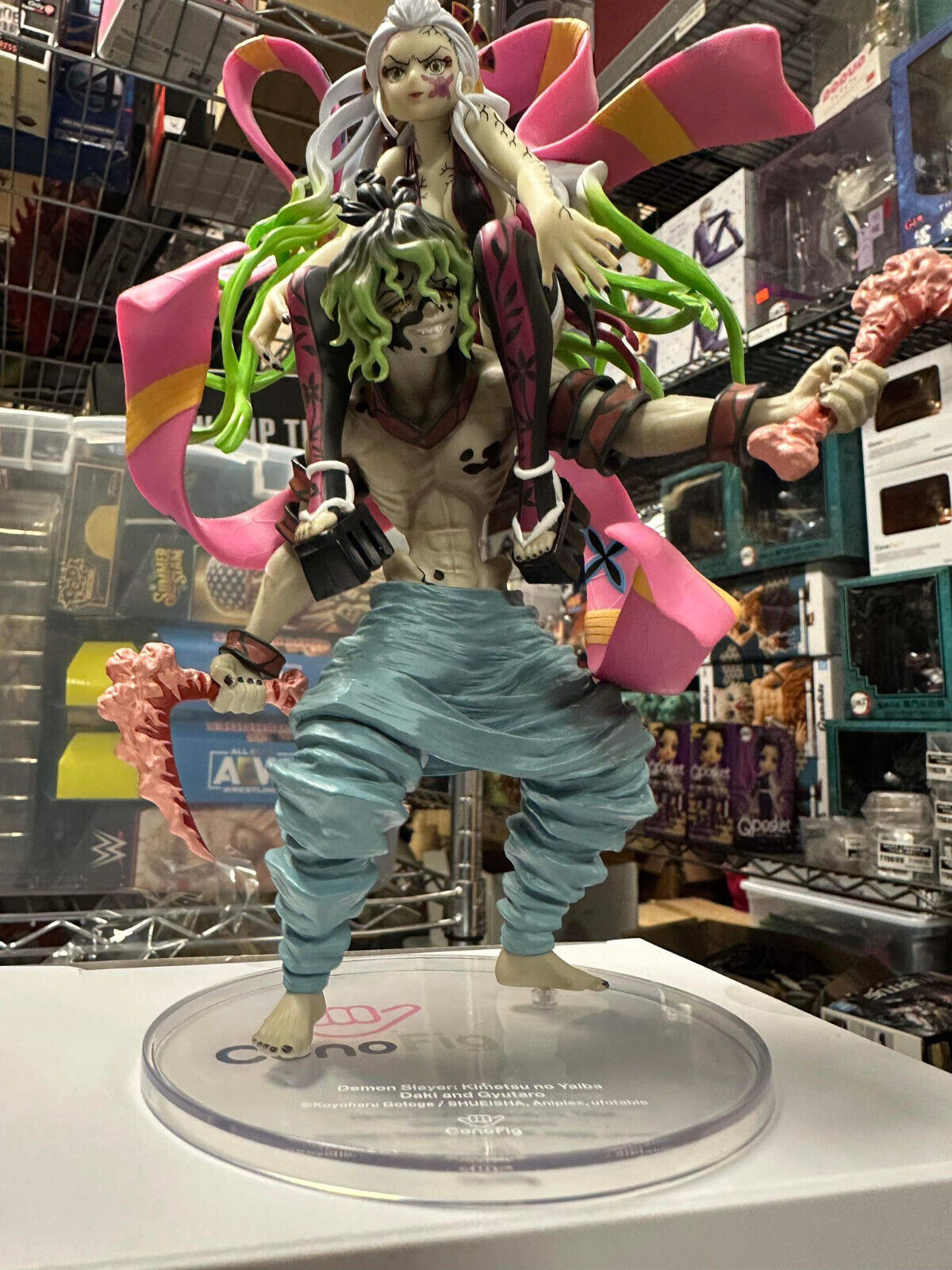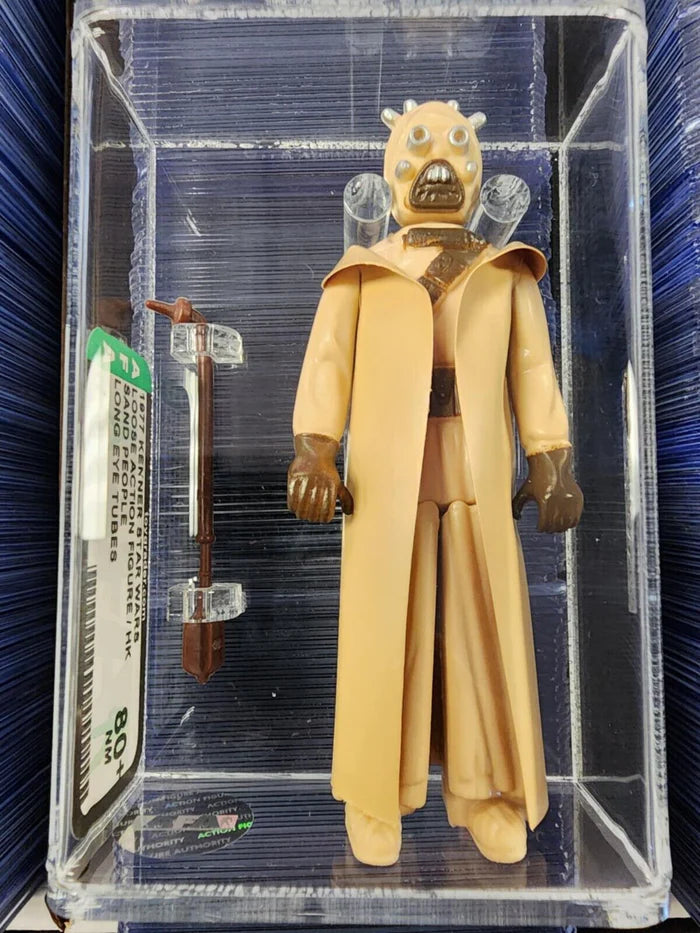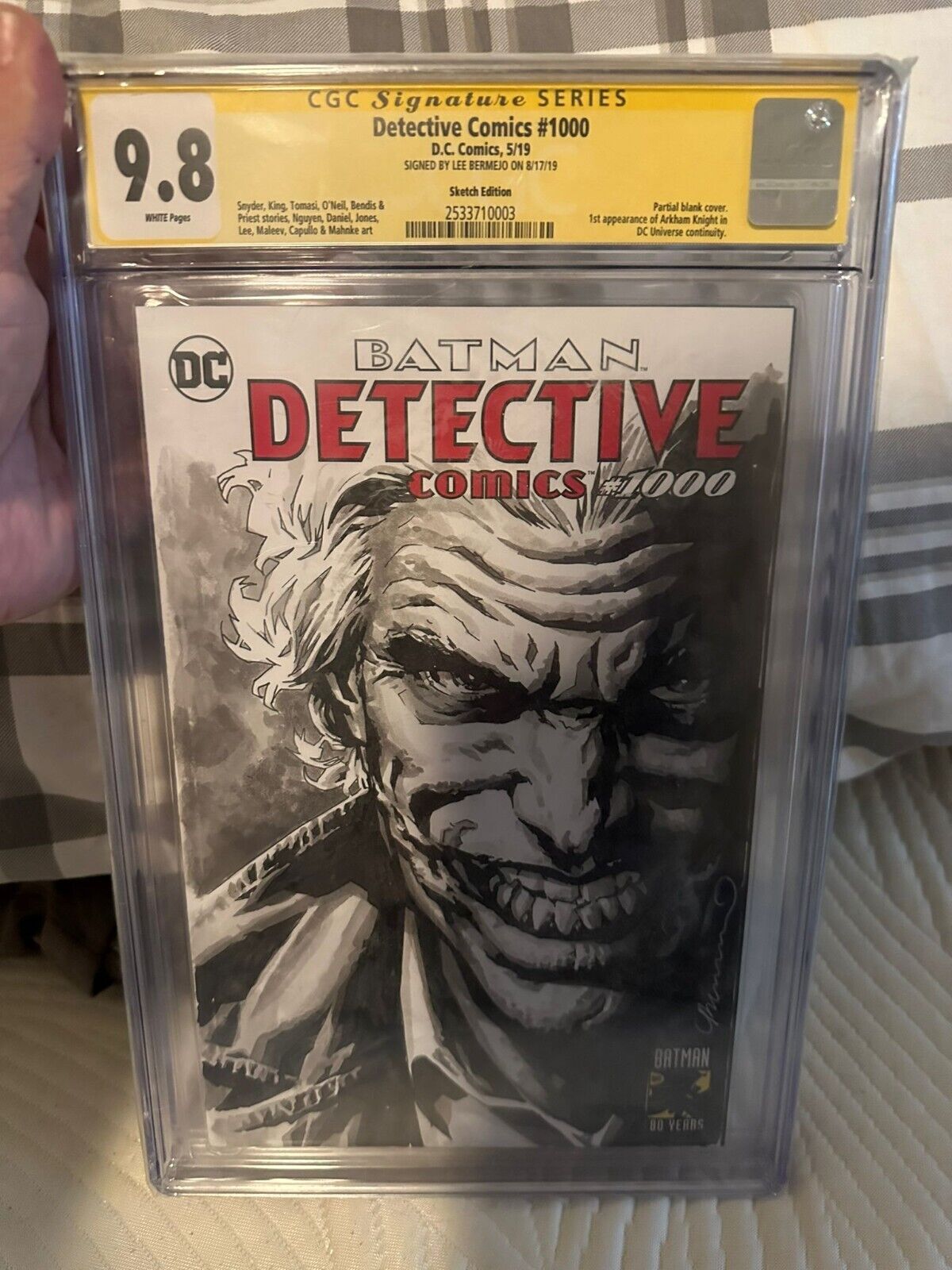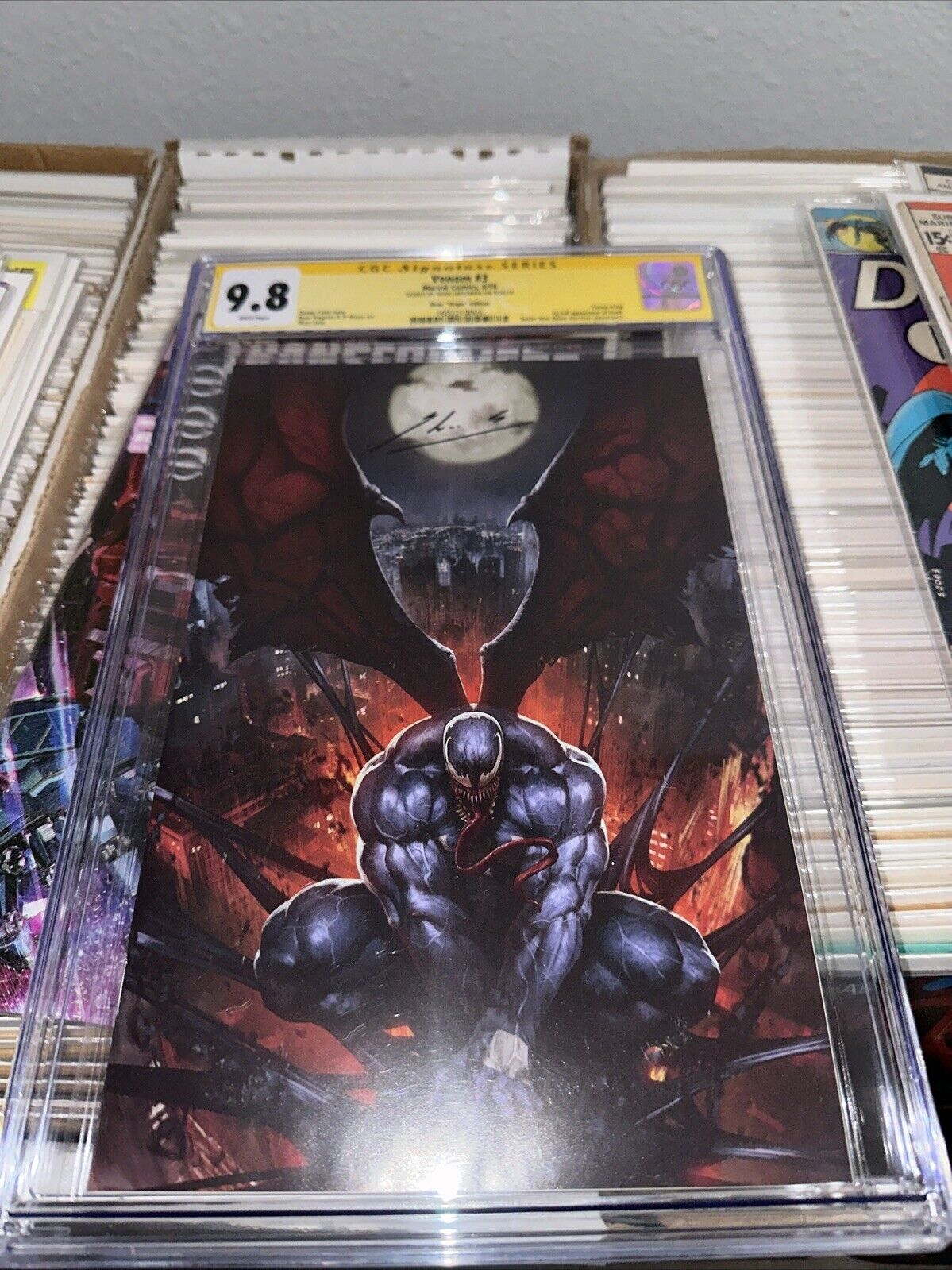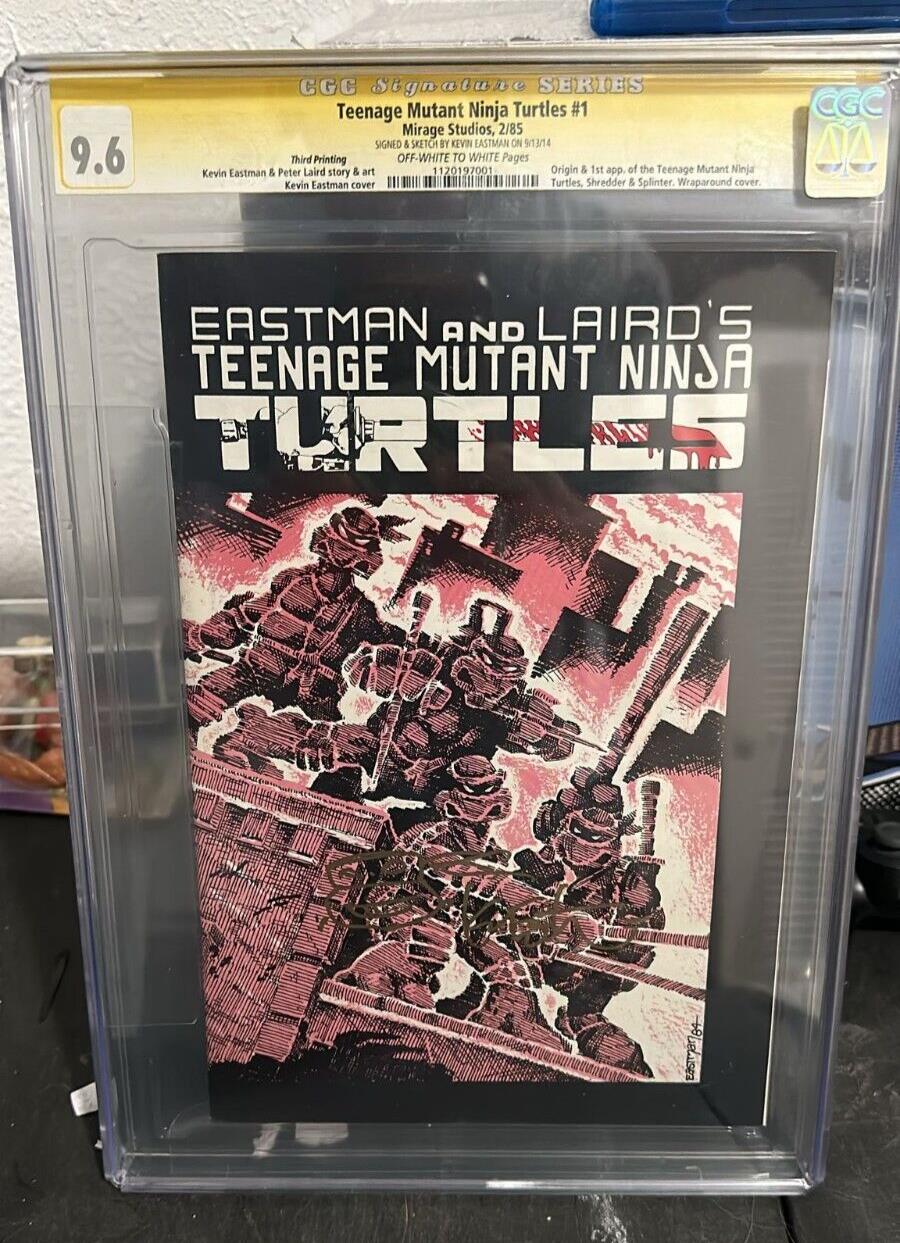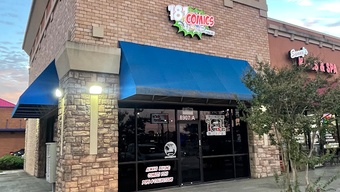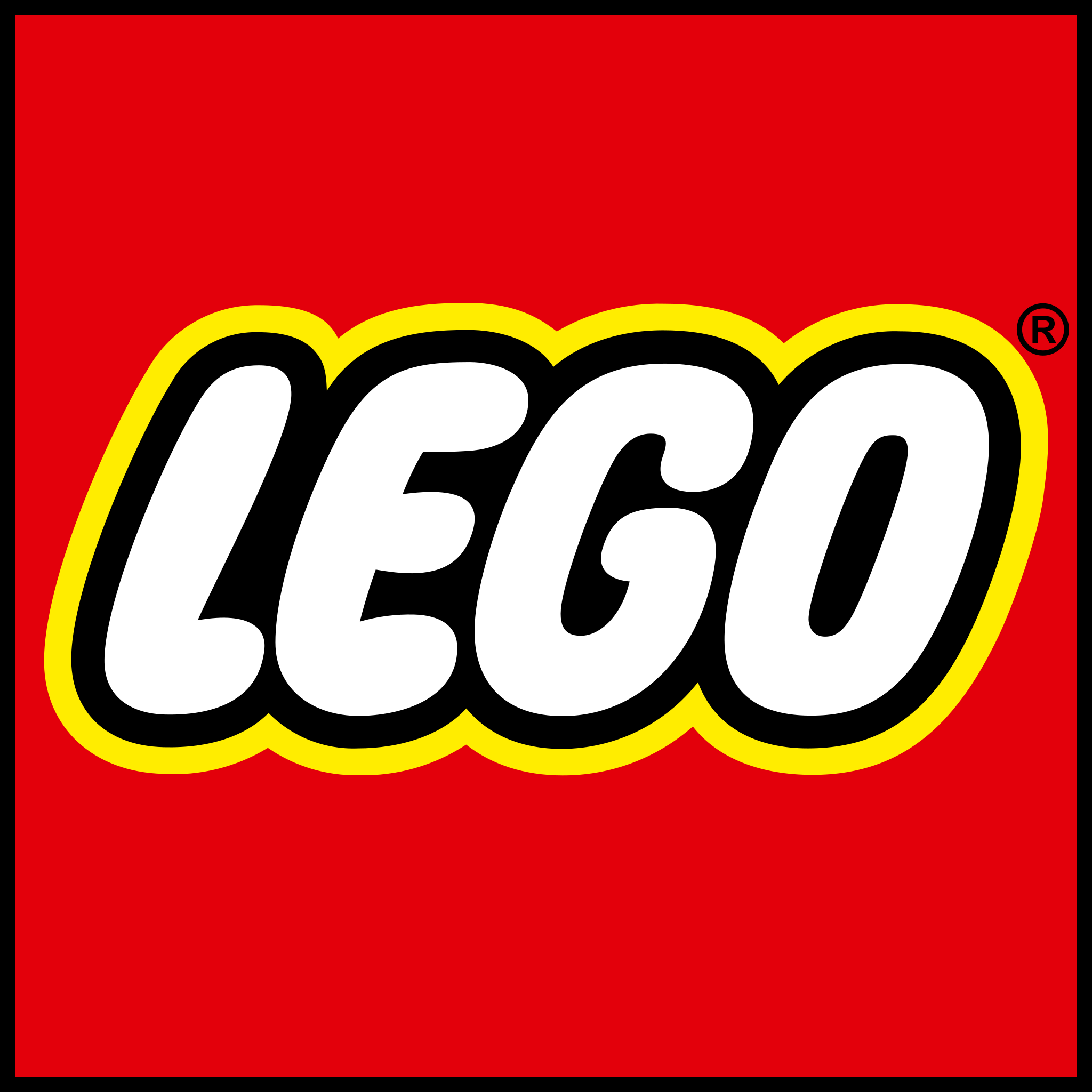
The history of LEGO dates back to the early 20th century, when Danish carpenter Ole Kirk Christiansen founded a small woodworking business in 1932. The name "LEGO" is derived from the Danish phrase "leg godt," which means "play well." The company initially produced wooden toys and household items. In 1947, they began producing plastic toys, and by 1949, they were making interlocking plastic bricks. However, these early plastic bricks didn't yet have the signature stud-and-tube coupling system that LEGO is known for.
In 1958, the modern LEGO brick design was patented, featuring the iconic interlocking system that allowed for endless creative possibilities. These bricks were an instant hit due to their versatility and ability to connect securely. The early 1960s saw the introduction of various themed sets, such as the LEGO Town Plan, LEGO Castle, and LEGO Space, which laid the foundation for the concept of building entire worlds with LEGO bricks.
The 1970s brought about the popular LEGO minifigure, a small articulated figurine that could fit into LEGO sets. This innovation allowed for more immersive play experiences and led to the creation of countless themed sets and storylines.
In the following decades, LEGO expanded its themes to include everything from pirates and castles to futuristic cities and licensed franchises like Star Wars, Harry Potter, and more. The company faced financial challenges in the early 2000s but managed a successful turnaround by focusing on quality, innovation, and collaborations.
Today, LEGO continues to be a global phenomenon, inspiring creativity and imagination in people of all ages. It has expanded into video games, movies, amusement parks, and more, while still staying true to its core values of encouraging hands-on building and play. LEGO's enduring appeal lies in its ability to bridge generations, providing a timeless medium for creative expression and storytelling.
